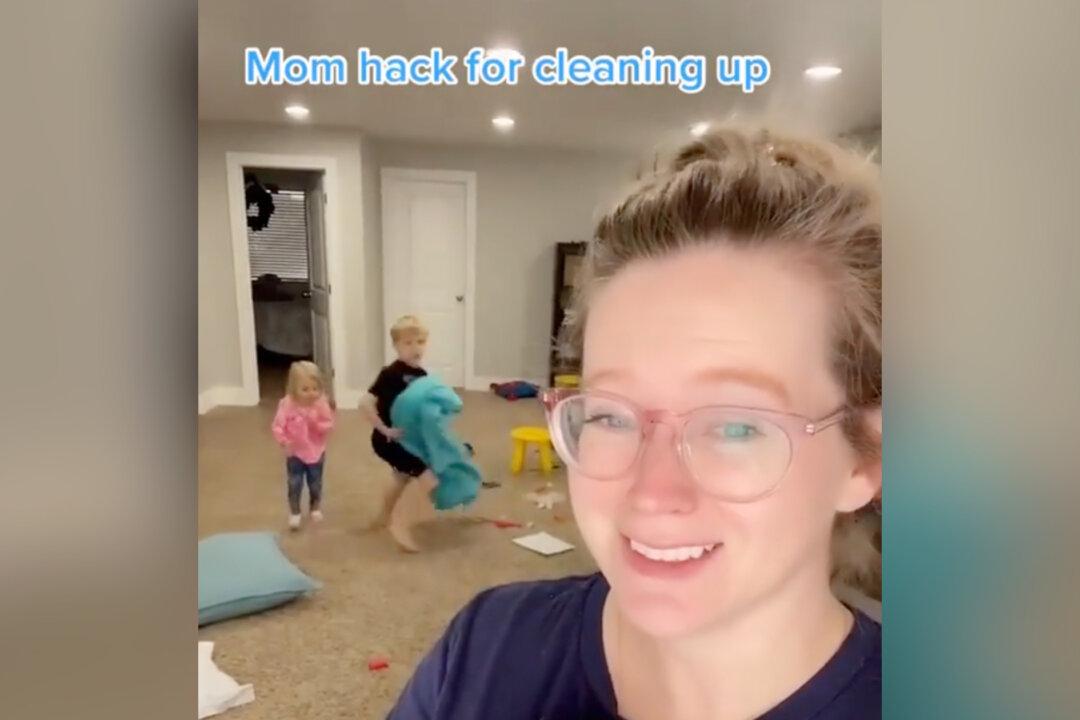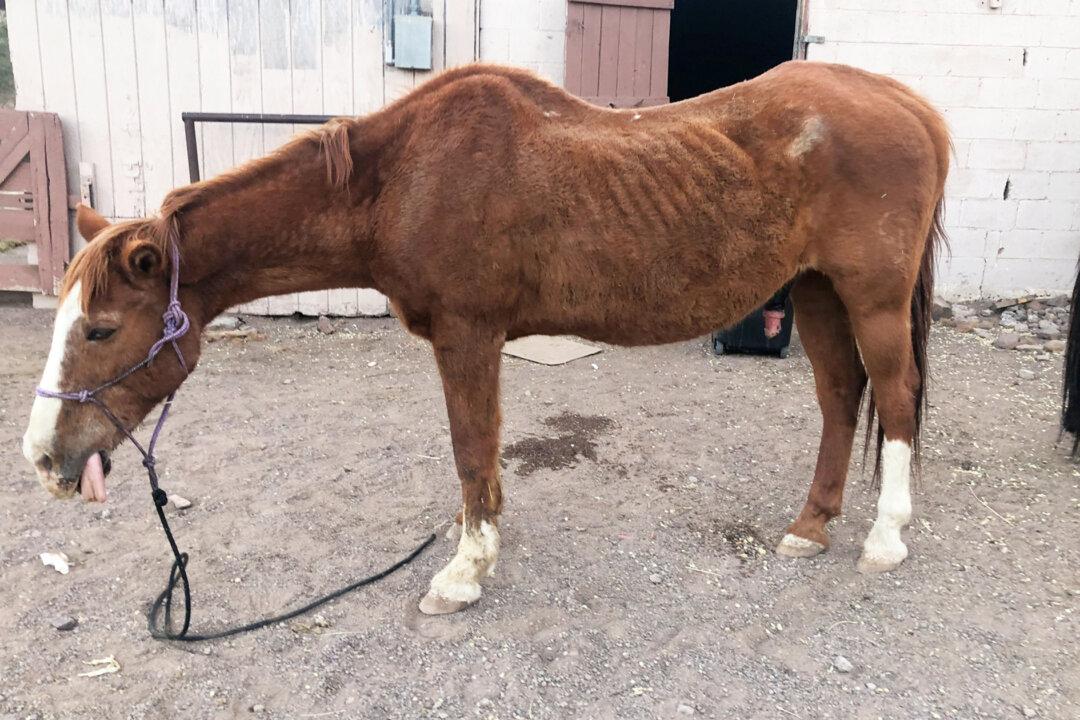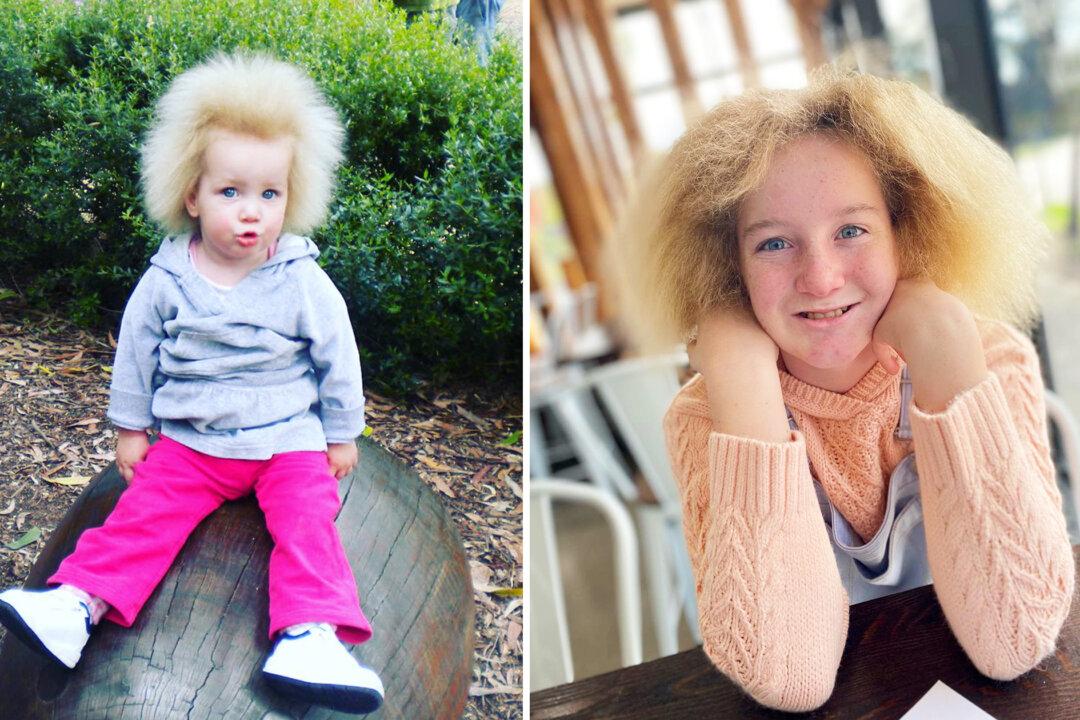Legos are sprinkled across the carpet, a puzzle sits half-constructed on the table, and there is a jumble of dolls and toy trucks claiming space all over the sofa. Could this be your living room?
For many parents who are in the throes of raising active, playful, and curious children, this is a common scene. But how to clean it all up, and fast?





